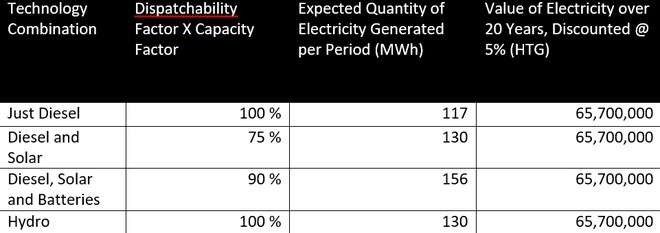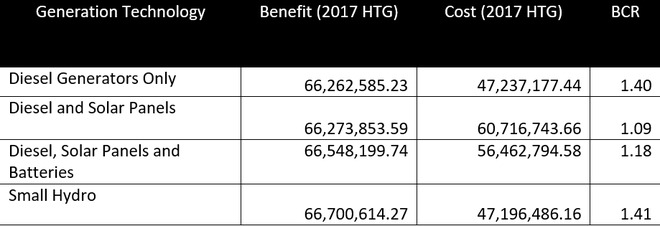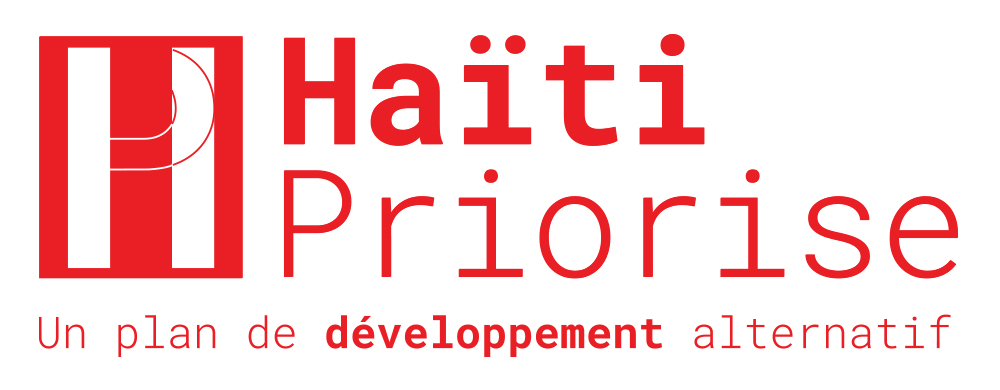Haïti Priorise: Offgrid, Kashi
The Problem
Only 35% of Haitians have access to electricity through electrical grids. In rural areas, that figure is 11%. Haitians who do have access to electricity face frequent blackouts and may only be able to access power during certain hours of the day.
Haiti’s economic challenges are intertwined with issues in the energy sector. While a weak national economy influences the poor state of the energy sector, the lack of available electricity can similarly hamper economic development, creating a “catch 22” situation that may require outside intervention to remedy.
The lack of reliable electricity supply is cited by business owners as the most binding constraint to private sector development. There is little doubt that improving the electricity market is a key step for Haiti towards an improved economy and improved welfare for citizens.
The Solution
Investment in transmission lines can be quite costly, especially for a remote area that is a far from an existing grid. Extending existing grids also means consumption is added to existing markets where existing supply is already typically insufficient to meet existing demand.
This intervention is to install new grids that have their own distribution and generation. The downside of isolated grids is that, in most cases, electricity will typically be generated at a much smaller scale and may be less cost efficient than grid scale generation methods. Different technologies can be used at small scale, including solar panels and batteries, diesel generators, and pico-hydro generation.
Benefits, Costs, and BCR
Costs
The primary costs of building isolated grids and using them to supply Haitians with electricity are (i) the costs of capital, and (ii) the operating and maintenance (O&M) costs.
For solar panels, batteries, and diesel generators, there appears to be very little economies of scale. Hydro has significant economies of scale, and this will make it very attractive for larger grids with the appropriate water resource.
The annualized cost of capital is calculated by taking the average installation cost per kW of capacity (or kWh in the case of batteries) for a given generation technology, and spreading the costs over the lifespan of the asset. The costs of financing the project are included, as are the costs of installing each generation system, renting land and training staff.

The cost of operations and maintenance (O&M) is the cost associated with ensuring that installed generation capacity can continue to operate over its lifespan.

Benefits
There are two main benefits that could emerge from investing in isolated grids in Haiti. The first is cost savings that result from consumers substituting electricity for more expensive power sources like diesel generators or kerosene fuel.
These cost savings should benefit both consumers as well as electricity producers, depending how the price is set.

The other benefit is that in some cases, there is a net reduction in carbon dioxide emissions when compared to current coping strategies. Haitians in isolated regions could cope with a lack of electricity access by burning diesel or kerosene, both of which will produce carbon dioxide (CO2), a harmful greenhouse gas that contributes to global climate change:

Summary of the BCR


